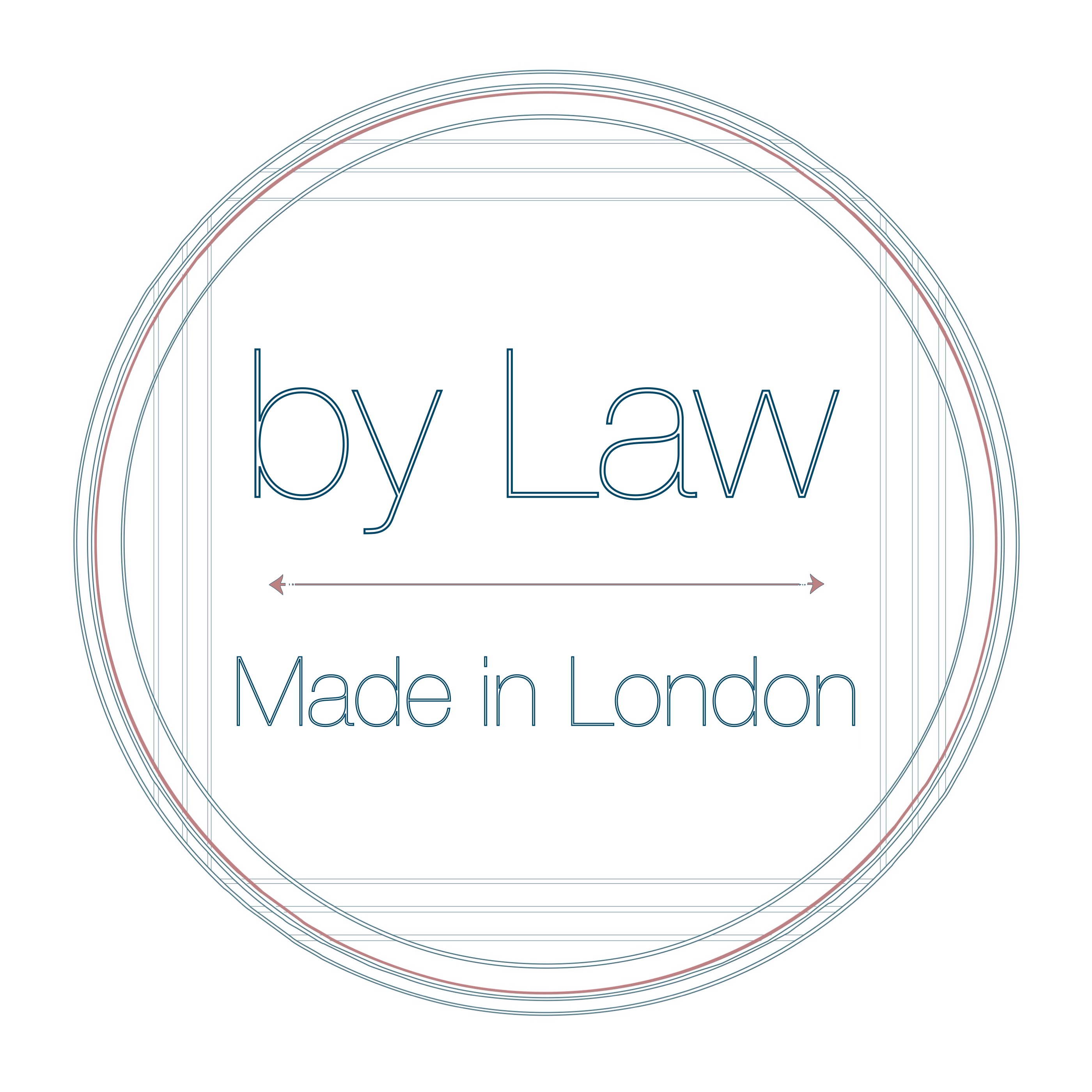
I was having a conversation my friend who was telling me about London Mithraeum an archaeological discovery in London of the Roman era, nearly 2000 years ago. As she explained to me what she had learnt it prompted me to think of the similarities to two books I had read recently: The Power by Naomi Alderman and The Testaments by Margaret Atwood.

The similarities being how these books had as part of their theme a future where they were re-imaging what the past had been like. In The Power, the discovered artefacts were hypothesised of their meaning and what they could represent. Similarly, in The Testaments, they had symposiums on Gileadean studies. as well as objects from museum collections which ‘they’ have not been able to date precisely. What I find interesting is of course if you have read both The Handmaid’s Tale and The Testaments you would be familiar with the story and the very last chapter of The Testaments is an imagining of a future where Gilead has long gone and historians are trying to piece together stories and figures from that era and their significance to Gilead. It is the constant hypothesisation that I found interesting and mirrors my friend telling me about London Mithraeum, in that we can only guess what happened and what the objects were used for. I’d always thought with the advance of technology this might not be the case in the future. In addition to the everyday occurrence of many recording their lives and sharing on social media. However, in The Power, one of the ‘artefacts’ is described with the text “Though much eroded, analysis of the base has revealed that it was originally marked with the Bitten Fruit motif. Objects marked with this motif are found across the Cataclysm Era world and their use is much debated.” Thus meaning in the era they are living in, ‘in the future’ they do not have iPads, iPhones as such which is an interesting re-imagining of the world. This hypothesising of the usage and meaning of these items did amuse me. “The uniformity of the motif suggests that it is a religious symbol, but it may also have been a glyph indicating that the object should be used for serving food; the different sizes may have been used for different meals.” It makes me wonder how wrong we could possibly be about the object found today from the past?
Now I need to make time to visit the London Mithraeum! Free to visit, just need to book https://www.londonmithraeum.com/
